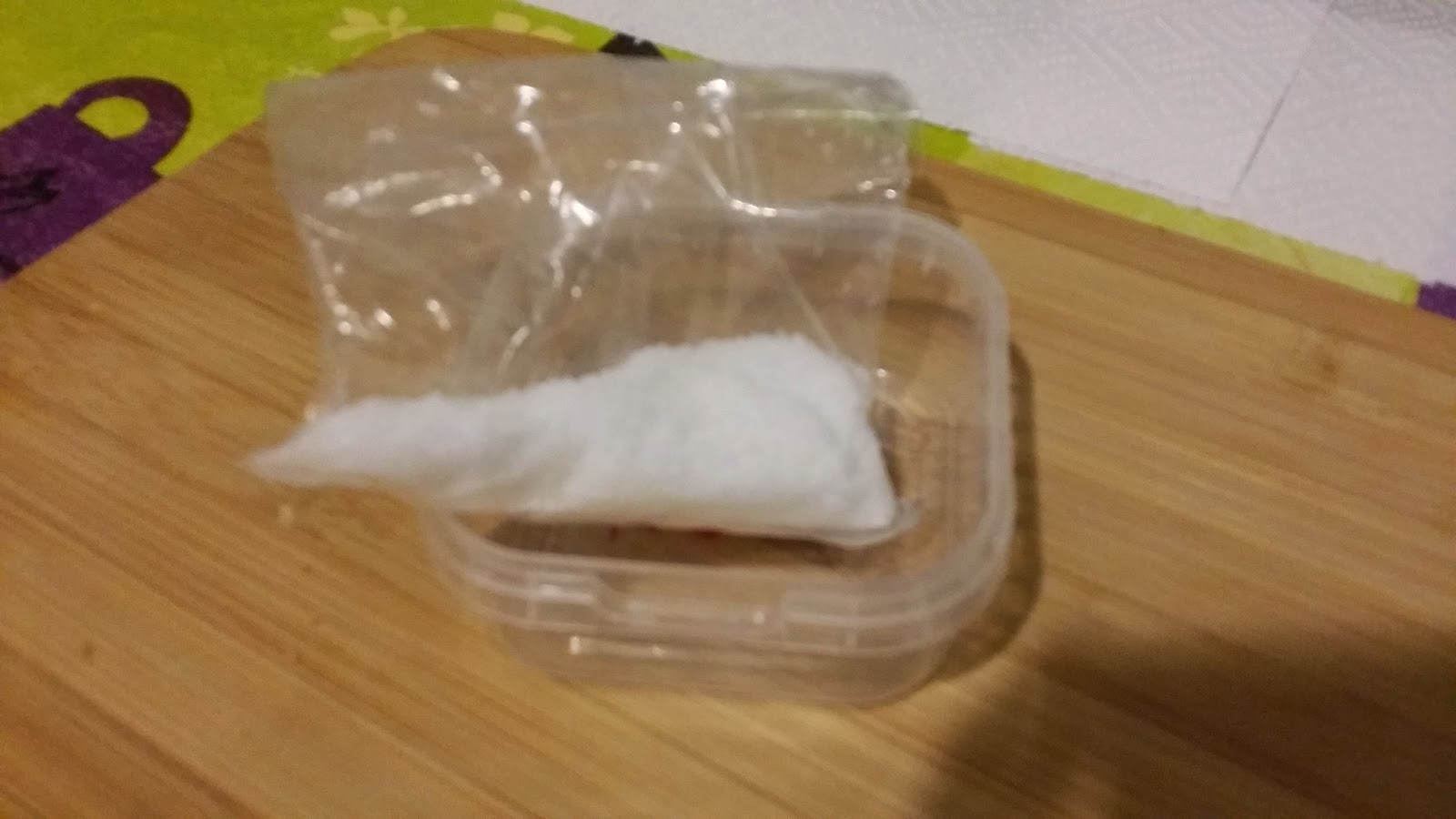And so, as mentioned earlier, because of bugs found, deficiencies and changes I decided to make a new controller board. As I was producing the old PCB I already wrote. The new version, I decided to to make new PCB using different, better technology. I suggest you look at the full report.
But first, brag - I got a mini-drill from China.
But first, brag - I got a mini-drill from China.
Already installed on the mounting bracket. To protect the control circuit was mounted powerful diode that will take full "reverse" energy.
To smooth the noise from of motor brushes, I also put capacitors (electrolyte and ceramic).
And now back to the PCB
As with the old version, drawing was made in a special editor. But it was not printed on magazine paper, I used for printing a transparent film. As you can see, I printed out a few times to further impose a film each other. This is necessary in order to get full opacity of black zones.
Combining film and fixing
Further, the textolite. Special PCB with a copper plating, which is covered with a photosensitive lacquer (photoresist).
Next, mark up a piece of the desired size PCB
And cut. I made deep cuts on both sides
and broke the sheet in half.
Next we need the ultraviolet. The fact that a special lacquer is destroyed by ultraviolet light. I took the cheapest light bulb.
After preparation (think where to put the circuit board, hook the lights, make sure that the lamp is not in direct view of the eye - is harmful), remove the protective opaque film.
Puts our film matrix on laque, and press top by sheet of clear plastic.
Turn on ultraviolet and wait about 10-20 minutes (it depends on the lamp power and UV conductivity of plastic, which we pressed film).
After that, turn off the lamp and charge immersed in a solution of alkali - NaOH. The solution is not concentrated, and you can even work with it by hands. Someone uses a simple soda.
I decided to replace the pictures of the process of development by video. It is more readable. It shows how dissolves the lacquer that got UV shock. In the shadows, lacquer remains unchanged.
That's what we have. Ideal transfer pattern without interruptions and ragged edges.
For comparison - the old PCB after toner transfer.
And so, now go to the etching. copper The last time I used the ferric chloride (FeCl3). His main drawback - the dirt. The process itself is quite dirty, drop any reserves rusty stains. Deteriorate during storage solution. To replace him came sodium persulfate Na2S2O2. Comes it is a powder which is soluble in water.
It turns light blue odorless solution. By skin contact - safe. Not reserves the dirty traces and do not deteriorate over time. Regarding etching - more efficient. In addition, we can now heat the solution to any temperature, as the varnish is not afraid of the heat. Warms the solution and put it in the PCB.
Copper immediately becomes white - begins the process of dissolution.
After 10 minutes, it is evident that the solution became a dark blue, and only the copper remained in the middle. I note that the textolite was two-sided. That is copper on both sides was as photosensitive lacquer. Since I have a one-sided board, on the second side, I cleaned the lacquer and copper dissolved.
The etching process is completed. Remove the card and accept rinse under water.
That's how it looked before.
Admire the result ;)
For comparison - the old and the new version.
Now let's see what we have.
Collected board was decided to disassemble. Practically all of the elements will be used in the new version.
Begin to disassemble. After removing all the wires and chips, there were many elements that are soldered to the board.
Since the board is no longer used, I took construction hairdryer, heated board to 300 degrees and all components have fallen themselves.
Board has become unfit;)
Those who felt sorry for her - go up a little higher, there is a beautiful photo of the new version ;)



































No comments:
Post a Comment